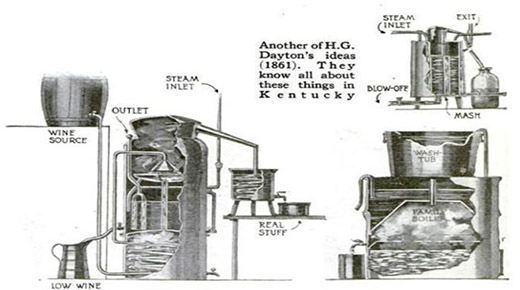We are here, and it is now. Further than that, all human knowledge is moonshine.
—H. L. Mencken
I ran across the term “moonshine shop” while reading about a kaizen blitz at Ontario-based communications firm Cogeco. “Brad, [Cogeco’s] maintenance leader, coordinates all projects relating to modifying the structures in the moonshine shop located in the warehouse’s entrance,” explained Russell Fedun, a project manager at Flexpipe, which manufactures modular structures to increase productivity and had helped Cogeco with the blitz.
|
ADVERTISEMENT |
“Moonshine” sounds unusually poetic for industry, especially when paired with the nuts and bolts of a warehouse shop, and I wanted to know more. Given the kaizen connection, perhaps it was a haiku reference? Turns out there are some curious layers to this try-storming work space.
…

Comments
Thunder Road
Having gone to college on "Thunder Road", I can only (nay, am compelled to) say, "I'll drink to that!"
Seriously though, lets not forget the truly ingenious shine runners....
moonshine shops
I would be happy to help and grow this lean philosophy and that more people benefit from the great savings that can be achieved by implementing it.
If you mention Moonshine I understand you have read about the story of it, from Mr. Nakao.
It is not simple, you need a good work team, no matter if it is one or two people, something to start with. But the secret lies in the creativity and inventiveness of those who participate and their skills in the use of tools. We usually know those people as MacGyvers.
They can even be operators, technicians or specialists in machines and tools, that depends on how committed they are in the organization with continuous improvement.
To start it is not necessary to spend a lot of money with collecting the tools that you may currently have in your company and form a toolbox for the exclusive use of Moonshine, with that you can start.
Add new comment